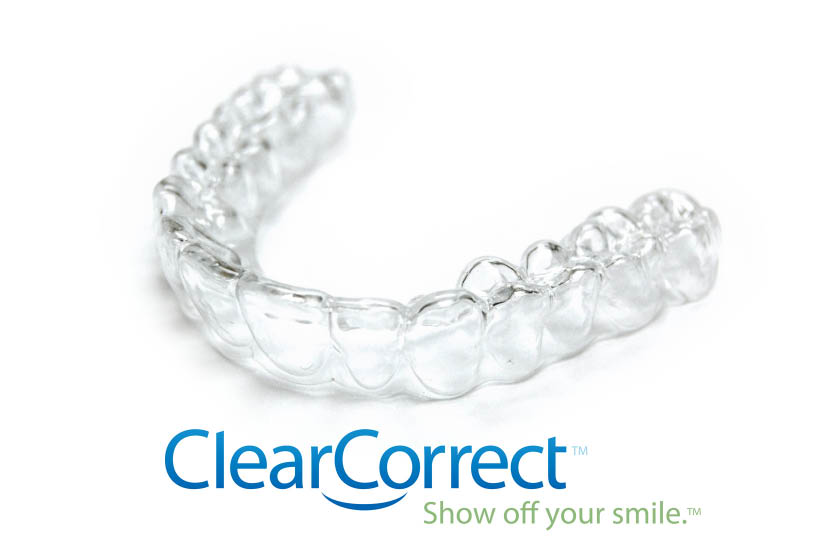In a case with important implications for 3D printing, a three-judge panel of the U.S. Court of Appeals for the Federal Circuit – which decides appeals in all U.S. patent cases – ruled in a dispute between tooth aligner competitors Align and ClearCorrect that the U.S. International Trade Commission cannot stop digital blueprints of physical objects from being imported into the U.S.

The ITC is a quasi-judicial, bipartisan, federal agency that polices trade in the interest of protecting U.S. industries from unfair trade practices, such as patent and copyright infringement. The ITC became involved in the dispute between Align and ClearCorrect when ClearCorrect, in an alleged attempt to skirt Align’s U.S. patents, began performing part of its process abroad. ClearCorrect scans teeth in the U.S., but sends the digital blueprints to Pakistan, where digital blueprints are created for a series of intermediate orthodontic aligners that straighten teeth over time. ClearCorrect then sends the digital blueprints of the intermediate aligners back to the U.S. for 3D printing.

To date, courts have not had much opportunity to address the inevitable intellectual property issues presented by 3D printing. In a previous article, we discussed the potential effects on 3D printing of the ITC’s earlier ruling in this case. This case also has broader implications than for 3D printing. Internet Service Providers also took interest in the case because it could give the ITC the authority to dictate how ISPs monitor traffic. The Motion Picture Association of America and the Recording Industry Association of America urged the Court to allow the ITC to regulate digital transmissions.
How does the Federal Circuit’s decision relate to 3D printing? Companies that sell replacement and spare parts worry that their parts may be 3D scanned, that such scans will be converted to 3D printable digital blueprints, and that customers will stop buying such parts because they 3D print them in-house from such blueprints, or have them printed by independent fabricators. They also worry that they could lose control of the blueprints for their own parts. Thus, such companies would like to have patent protection for digital blueprints. The patent laws define patentable subject matter as a process, machine, article of manufacture, or a composition of matter. They hoped the Federal Circuit would agree with the ITC that digital models are “articles,” which may have paved the way for such companies to patent digital blueprints as “articles of manufacture.” A ruling that digital blueprints are patentable would give parts manufacturers a powerful weapon for preventing the copying of parts.
But rather than deciding whether digital blueprints are articles, the Federal Circuit dodged the issue by ruling that the ITC has jurisdiction over physical objects, but not over intangibles, like digital blueprints. This may seem like legal mumbo jumbo, but important issues can turn on such technicalities (as shown by this case). Whether digital blueprints are articles of manufacture is still an open question.
So what will happen next? In a statement, ClearCorrect said the case is not over. ClearCorrect’s lawyers said, “ClearCorrect’s recent victory does not end its pursuit of judicial findings that Align’s patent claims are invalid because they merely claim what orthodontists have been doing for decades.” So, ClearCorrect plans to fight on, arguing that Align’s patents are invalid.
Similarly, Align summed up the decision in a press release by saying, “This is not a decision against Align and it is not a decision about patent infringement — it’s about jurisdiction. And if it is determined that the ITC cannot enforce the previously determined finding of infringement of Align’s patents then we will pursue relief in a venue that can.” This is really the point. The underlying issues relevant to 3D printing have not been decided, including whether digital blueprints are articles of manufacture, and therefore patentable; whether the creation, sale, importation, or transmission of digital blueprints can infringe patents; and questions related to the scanning, transmission, and printing of physical objects.
Where will Align turn next, and what court, if any, will provide Align with the relief it seeks? In its press release, Align said it would ask the entire Federal Circuit to consider its case, rather than the three-judge panel that decided it. Stay tuned.


